As a Tesla owner or potential buyer, one common question is whether charging at public Tesla chargers is free. With the increasing number of Tesla vehicles on the road, understanding the costs of charging at Tesla's various public charging stations is important for managing your driving and charging expenses. In this guide, we’ll explore the types of public Tesla chargers and whether or not you’ll need to pay to use them.
Types of Public Tesla Chargers
Tesla offers two main types of public chargers that owners can use: Superchargers and destination chargers. Each option serves a different purpose and has a different pricing model:
-
Superchargers: Tesla’s high-speed charging network is designed for long-distance travel and quick top-ups. These are typically found along highways or in high-traffic areas.
-
Destination chargers: Slower chargers located at hotels, restaurants, and other public places, are typically used for topping off your battery while you’re parked for an extended period.
Now, let’s break down whether these charging options are free or paid.

Are Tesla Superchargers Free?
No, Tesla Superchargers are generally not free. When the Supercharger network was first introduced, Tesla offered free unlimited Supercharging to early buyers of certain models. However, this perk is no longer available for new purchases, and most Tesla owners today pay to use Superchargers.
-
Pay-per-use model: Supercharging is billed by kilowatt-hour (kWh) or by minute, depending on the location and local regulations. Rates vary but typically range between $0.25 to $0.35 per kWh. For time-based pricing, fees are divided into tiers depending on charging speed.
-
Free Supercharging promotions: While Tesla no longer offers free Supercharging as a standard feature, there have been occasional promotions or referral programs that provide free credits for Supercharging. These promotions, however, are time-limited or only apply to specific models.
While Superchargers are not free, they remain one of the fastest and most convenient options for charging on long trips.
See also: How Long Does It Take to Charge a Tesla with a Supercharger?
Are Tesla Destination Chargers Free?
Tesla destination chargers are often free to use, but it largely depends on the business hosting the charger. These chargers are typically found at hotels, resorts, restaurants, shopping centers, and other businesses that want to attract Tesla owners by offering convenient charging as a perk. The availability and cost of charging at destination chargers can vary depending on several factors, so let’s explore them in more detail.
Free Charging: Many businesses provide free charging to their customers or guests as part of their service. For example:
-
Hotels: It’s common for hotels to offer complimentary charging to guests who are staying overnight. This is especially true for higher-end hotels or those that cater to EV drivers as part of their sustainability efforts.
-
Restaurants: Some restaurants might provide free charging while customers are dining. This adds an extra incentive for Tesla owners to choose their venue for meals, making it a win-win for both the business and the customer.
-
Shopping Centers and Resorts: Certain shopping malls or resorts may offer free charging to encourage longer stays, knowing that EV owners are more likely to frequent businesses where their cars can charge.
Paid Charging: On the other hand, not all destination chargers are free. In high-traffic urban areas, or at businesses that see a lot of demand for charging, some places may choose to charge a fee for using their destination chargers. Here are a few reasons why charging may not always be free:
-
Urban Locations: In large cities, where charging infrastructure is in higher demand, businesses may charge a fee to avoid overcrowding at their charging points.
-
High Demand Venues: Locations like popular tourist spots, event venues, or areas with limited parking may charge for the use of Tesla destination chargers to manage demand and provide an additional revenue stream.
-
Energy Costs: Depending on the local energy costs and the size of the business, some establishments may charge users to offset their own electricity expenses. This is especially true in regions with high electricity rates, where providing free charging could become too costly for businesses.
How to Know if Charging is Free or Paid
To avoid any surprises, it's always a good idea to check with the business ahead of time to confirm if there is a cost associated with their Tesla destination charger. Some ways to verify include:
-
Ask the Business: Contacting the hotel, restaurant, or other establishment hosting the charger is the easiest way to find out whether their Tesla charging is free for customers or if there's a fee.
-
Tesla’s Navigation System: Tesla’s in-car navigation system provides information on nearby destination chargers, and in many cases, it will indicate if charging is free or if a fee is involved.
-
Charging Apps: Third-party apps and websites often map out the details of Tesla destination chargers, including whether they are free or paid, and even provide user reviews for the most reliable options.
Why Businesses Offer Free Charging
For businesses, providing free charging is more than just a convenience; it’s also a marketing tool. Offering free EV charging can attract more customers, especially in competitive areas where amenities can make or break a customer's decision. By offering free charging, businesses can appeal to environmentally conscious customers, EV enthusiasts, or those who prefer to stop somewhere that allows them to charge their vehicle while conducting other activities, like dining or shopping.

Tesla Charging Costs vs. Non-Tesla Public Chargers
When comparing Tesla’s charging network with non-Tesla public chargers, Tesla owners generally find more convenience and cost efficiency within Tesla’s ecosystem. Superchargers, while not free, usually cost between $0.25 and $0.35 per kWh, offering fast, reliable charging with seamless billing through the Tesla app. Tesla destination chargers, often free at hotels and restaurants, provide slower but more cost-effective options for long stays.
In contrast, non-Tesla public chargers can vary significantly in price, often ranging from $0.20 to over $0.50 per kWh, and may require adapters and additional apps for access. While some non-Tesla chargers might be cheaper, the convenience and integration of Tesla’s network generally make it the preferred choice for most Tesla drivers.
Non-Tesla chargers can sometimes offer competitive pricing, especially with subscription plans from networks like ChargePoint or Electrify America, which provide discounts for frequent users. However, Tesla’s charging network remains more user-friendly, particularly for long-distance travel, with high-speed chargers strategically placed along major highways.
For daily use or in urban areas, Tesla owners may find non-Tesla chargers to be a viable alternative if they offer free or lower-cost charging options, but the integration and simplicity of Tesla’s network often make it the better option overall.
Conclusion
In short, while Tesla Superchargers are not free and are billed per use, Tesla destination chargers are often free—though the cost ultimately depends on the business hosting the charger. By utilizing Tesla’s built-in navigation system or third-party apps, you can easily locate free or low-cost charging options to minimize your expenses while enjoying the convenience of Tesla’s extensive charging network.

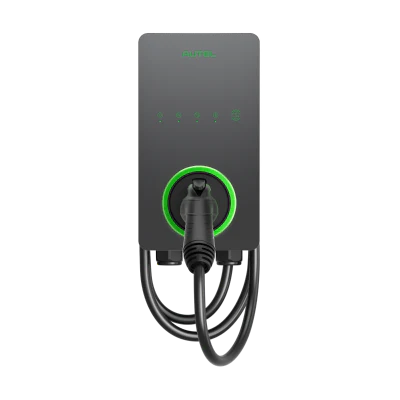
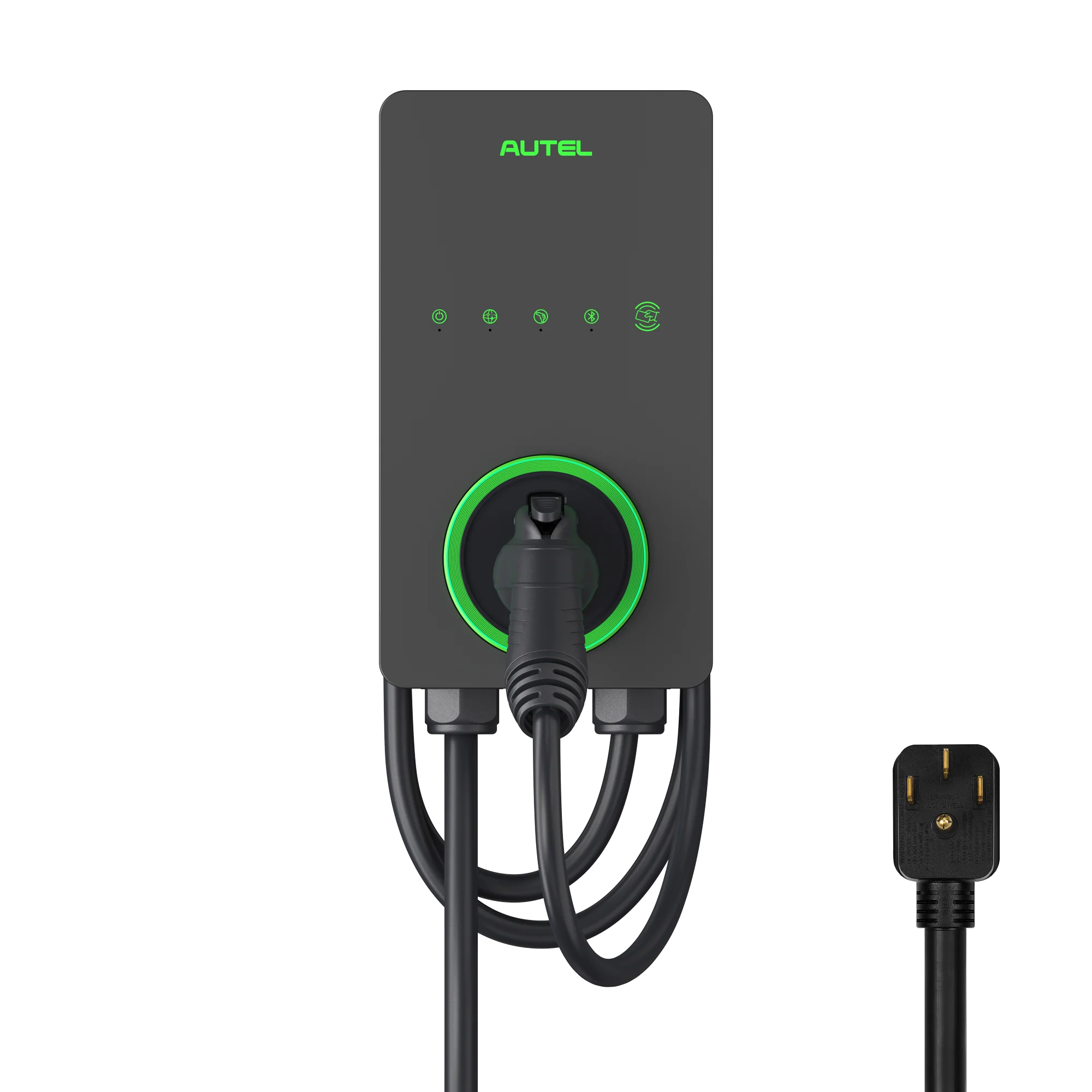
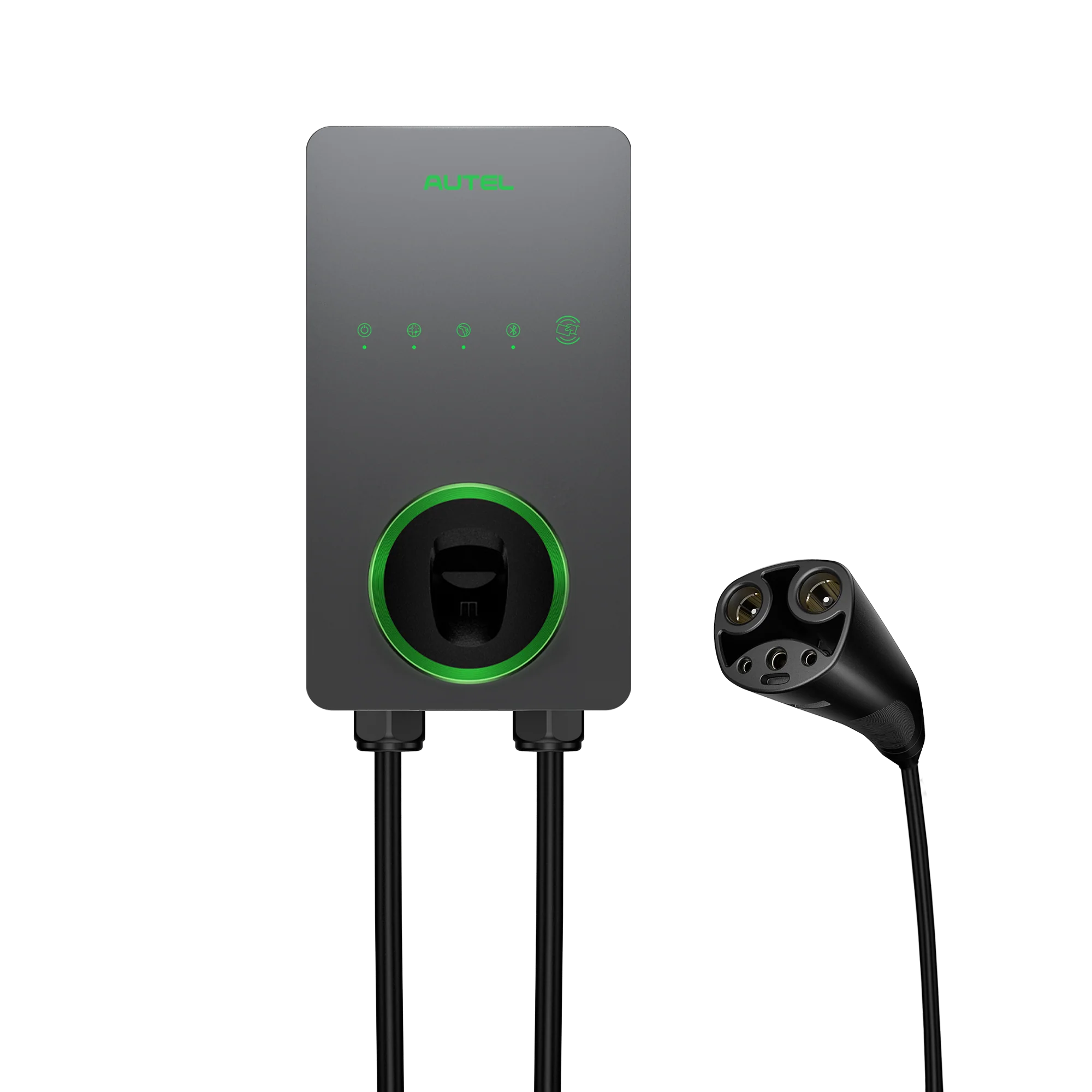
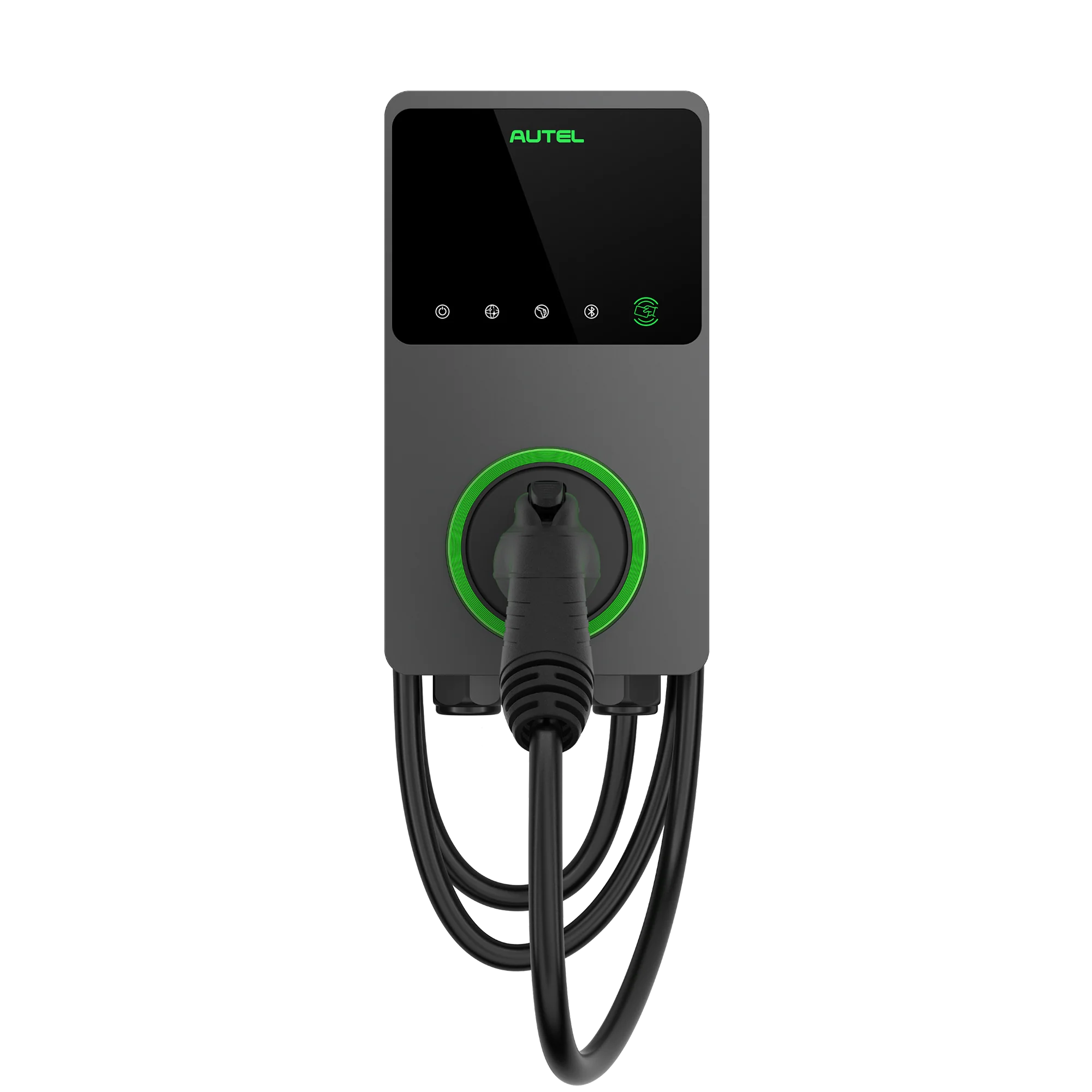
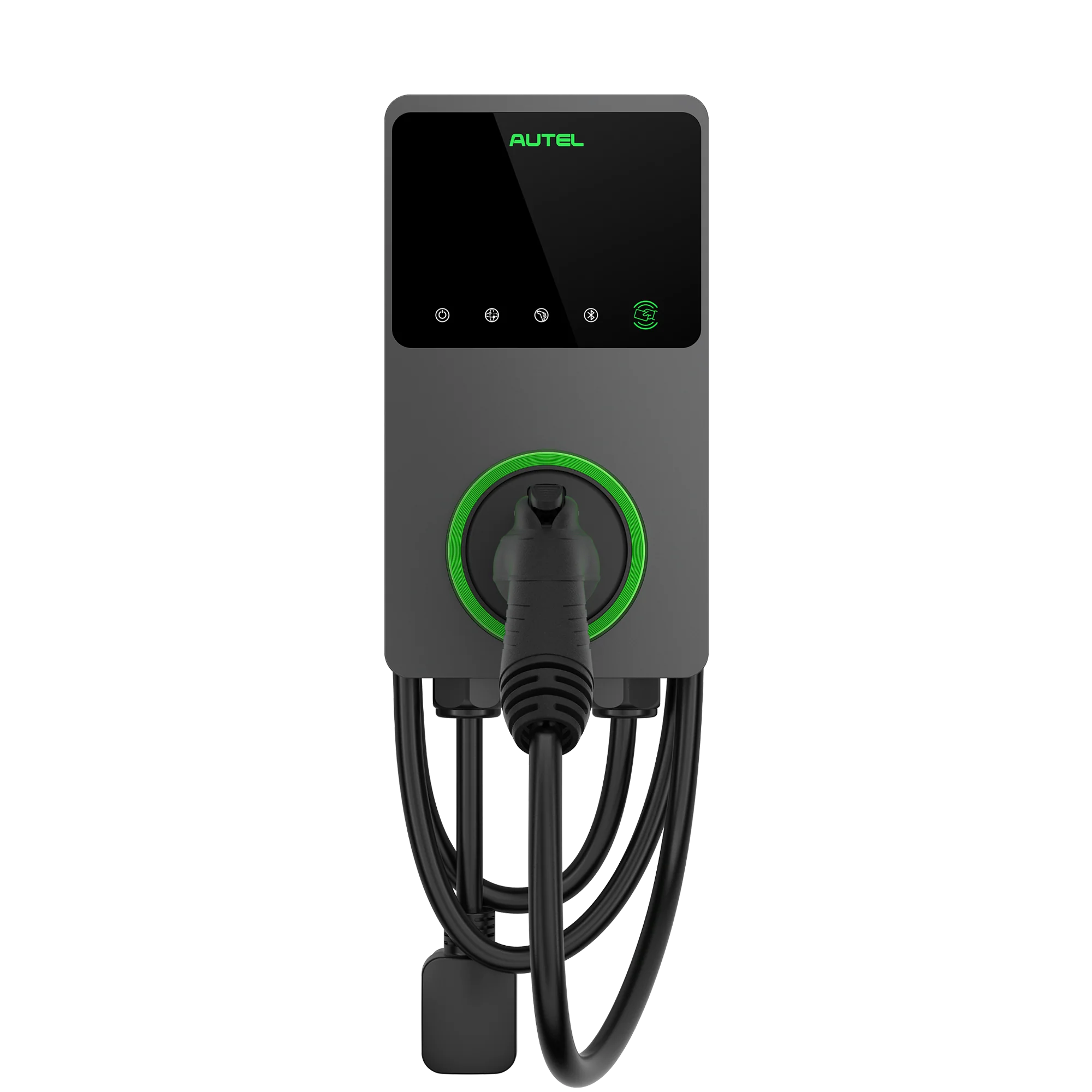
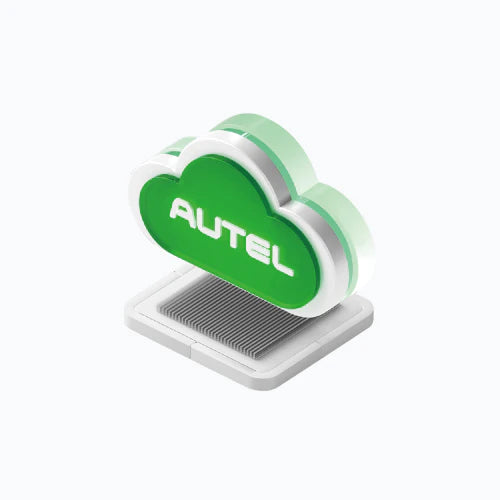
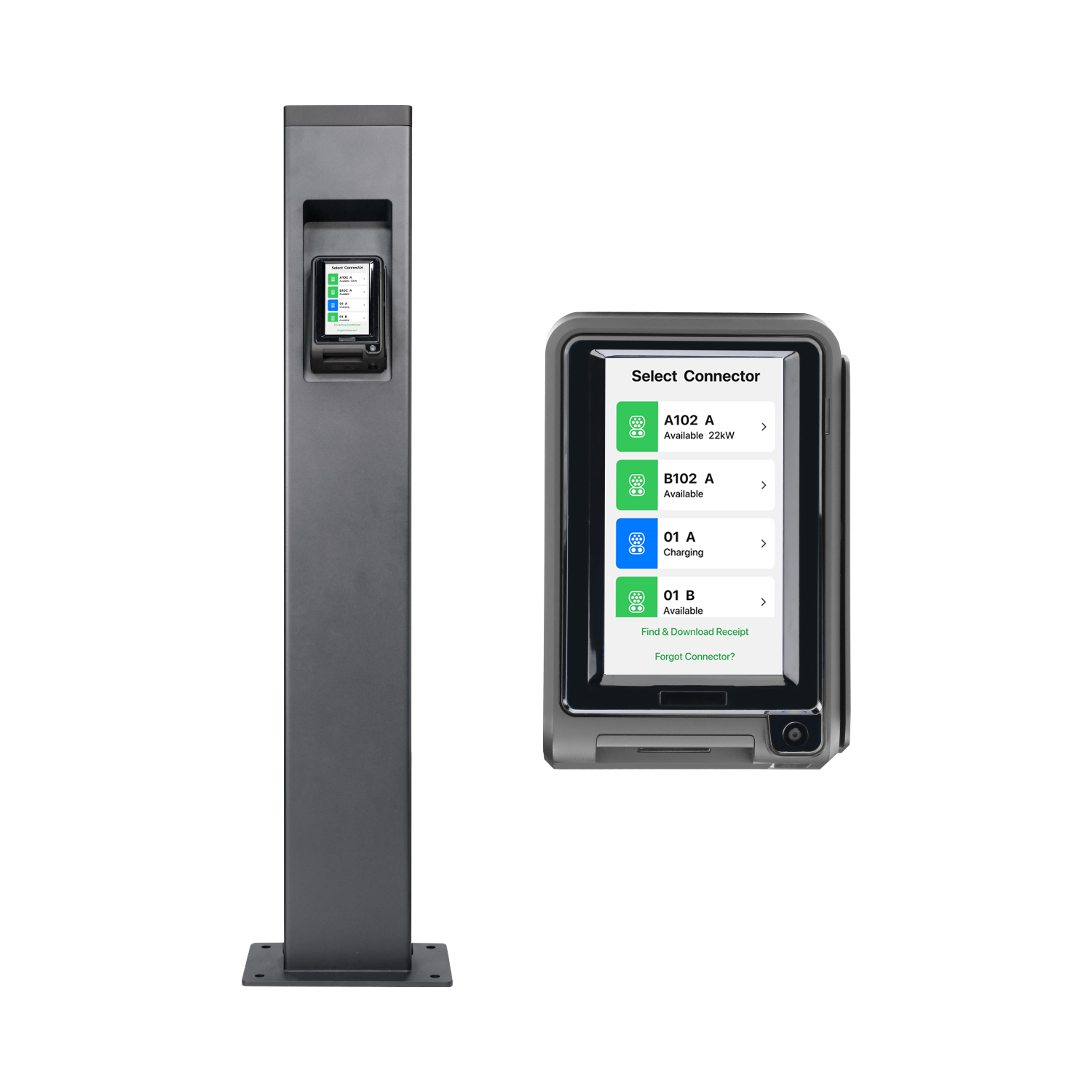
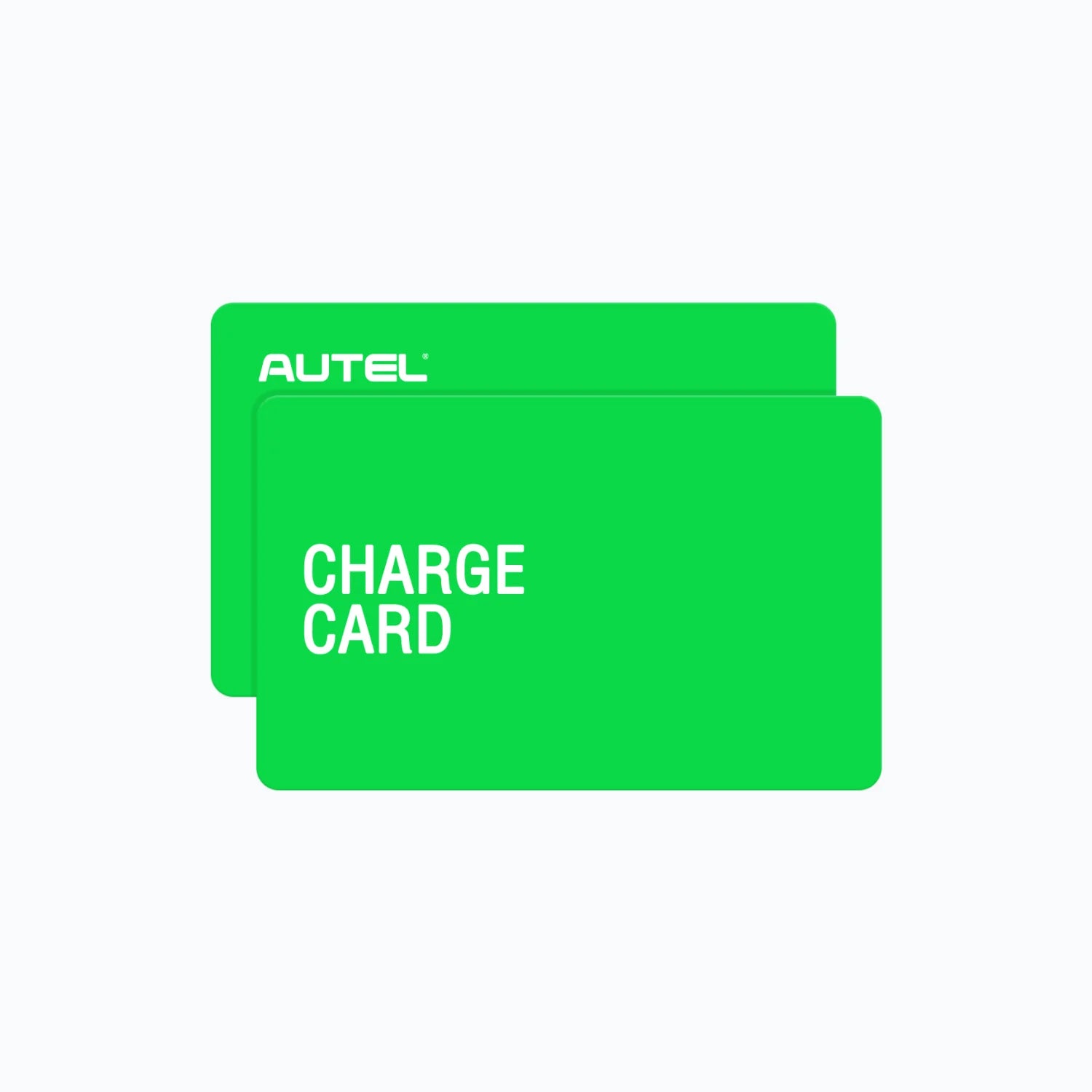
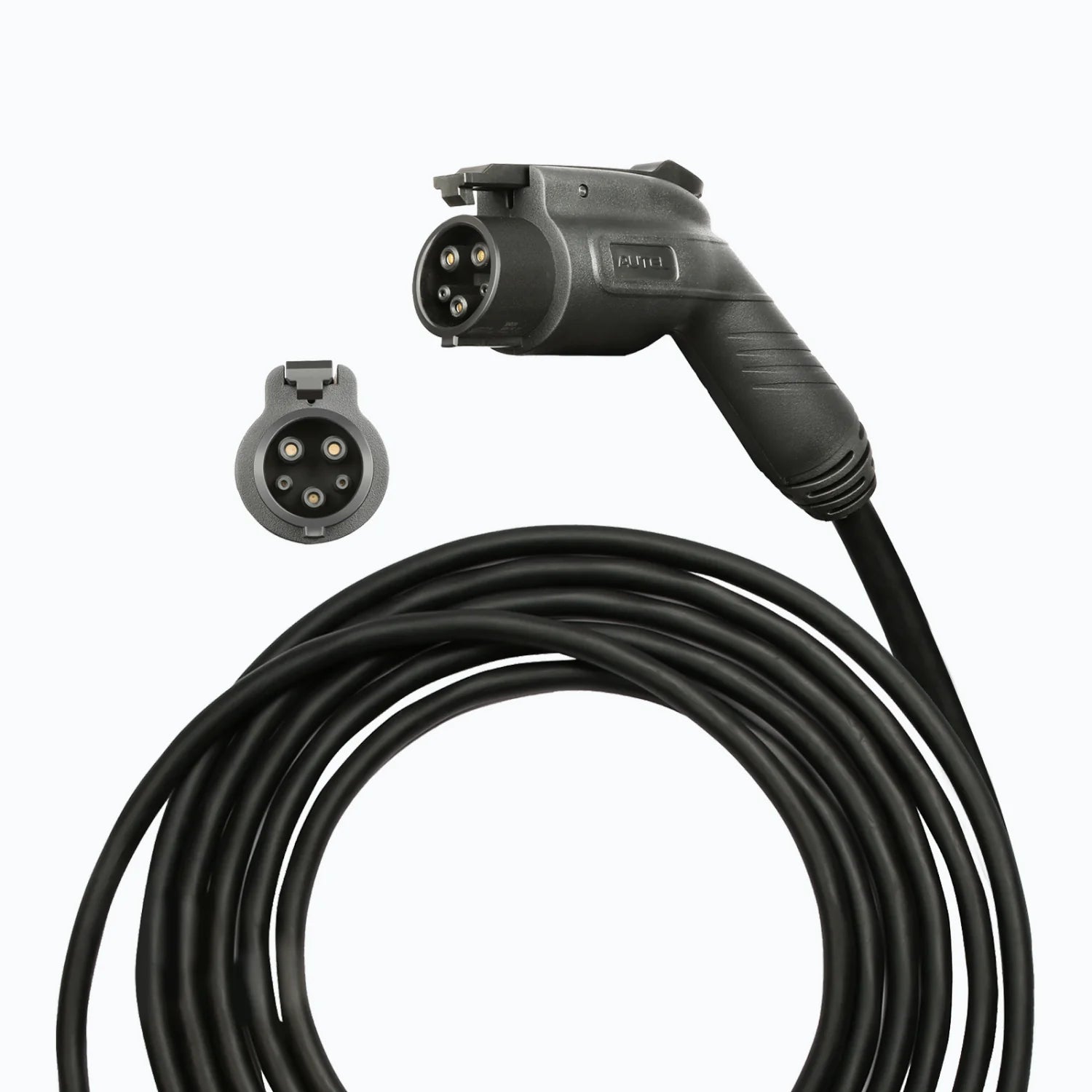
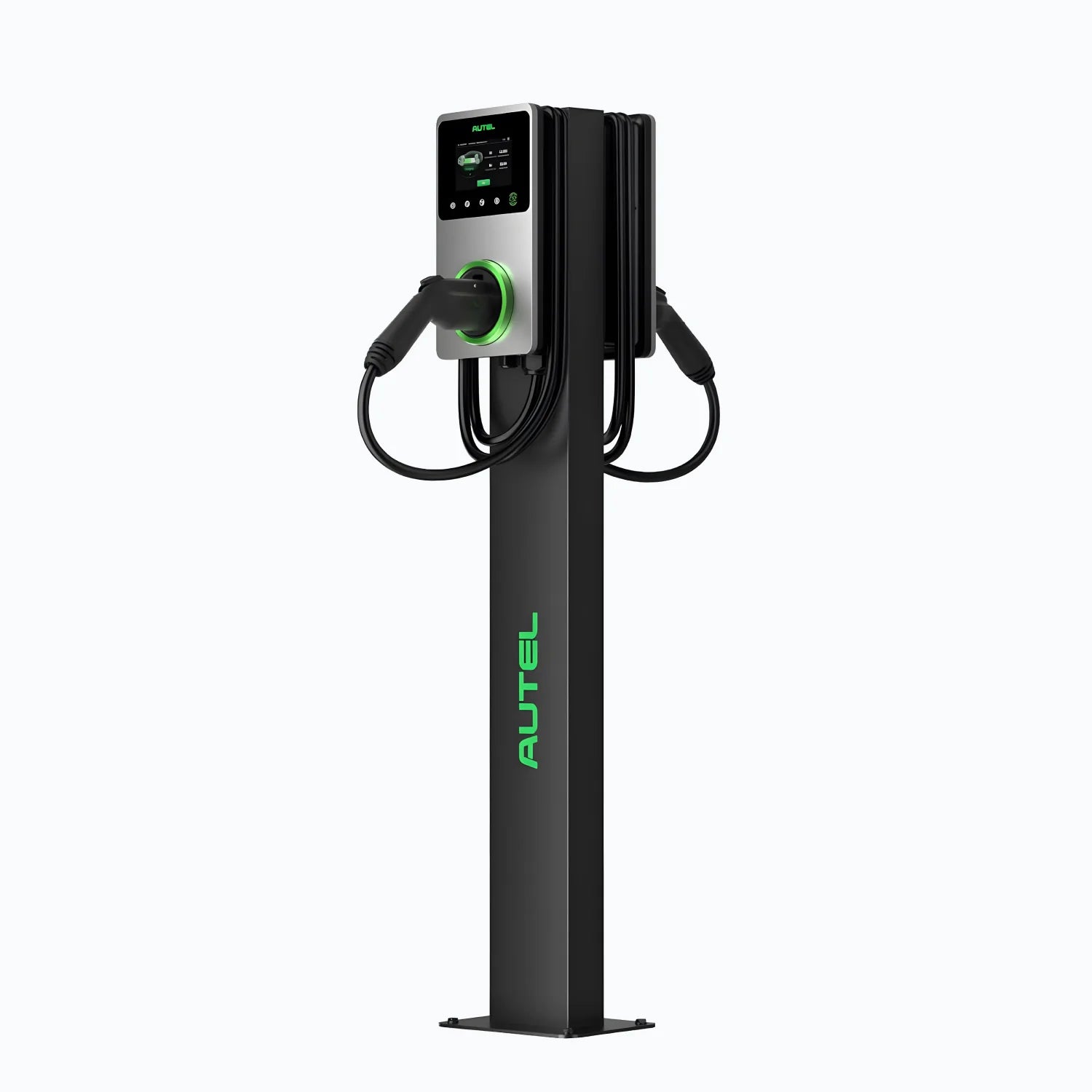
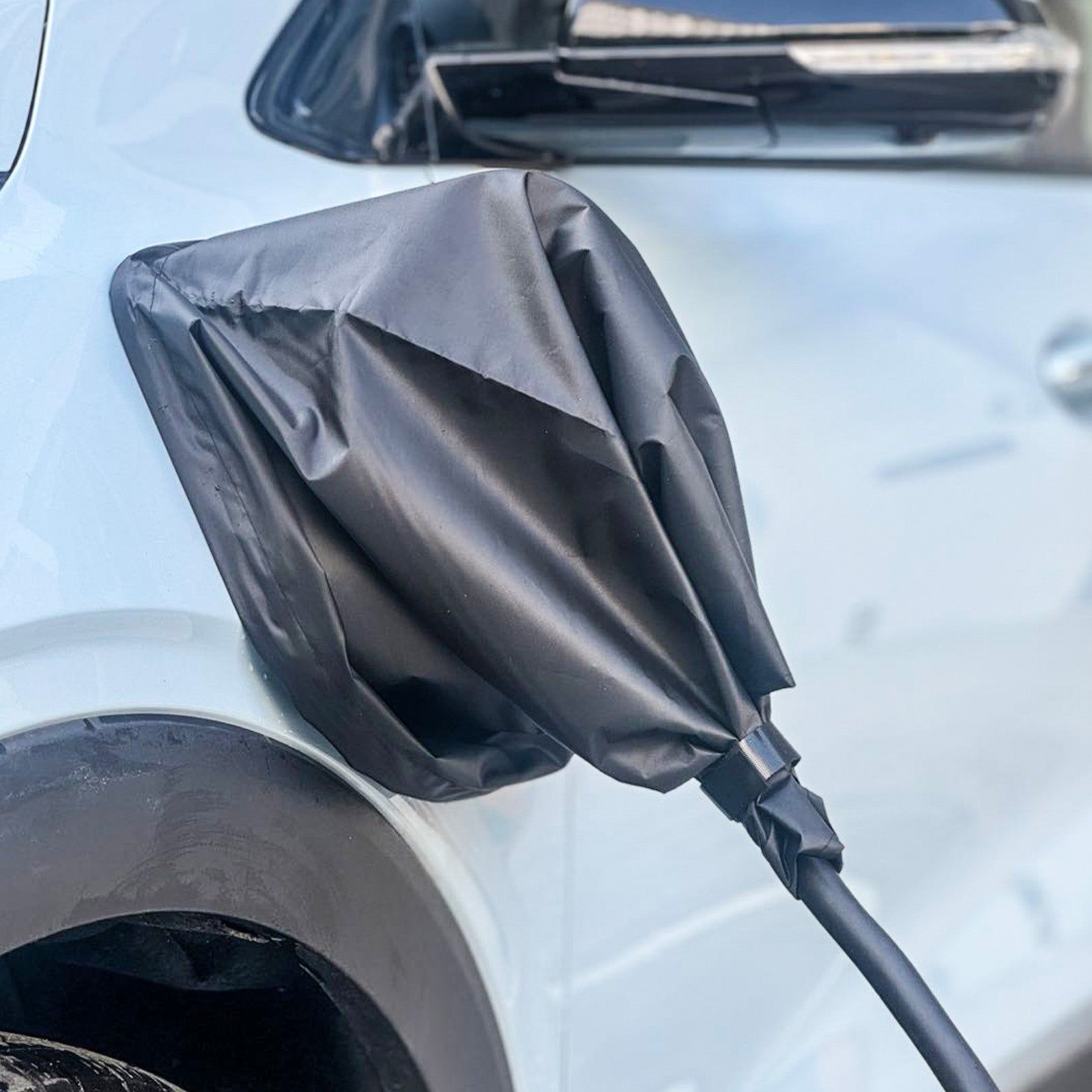
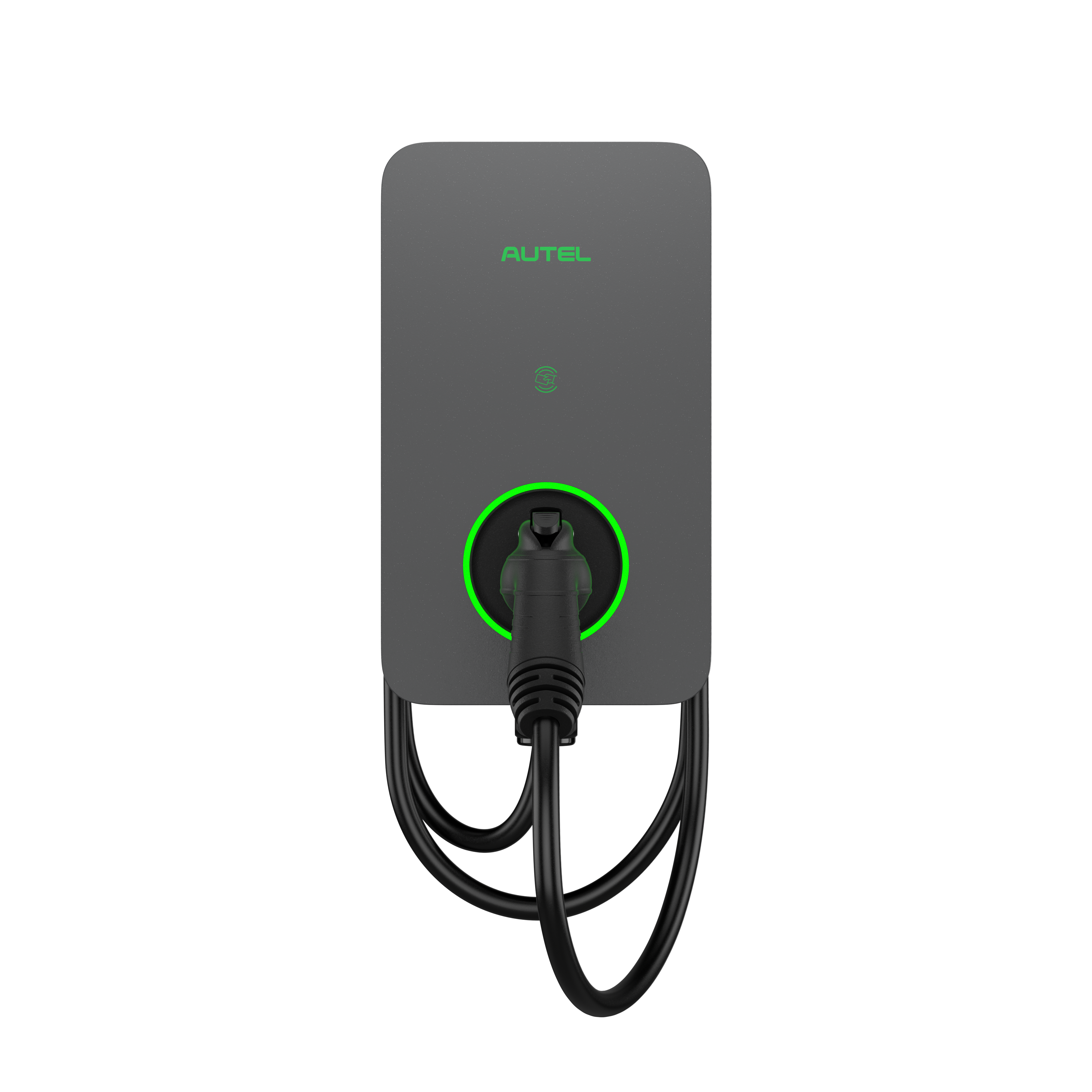
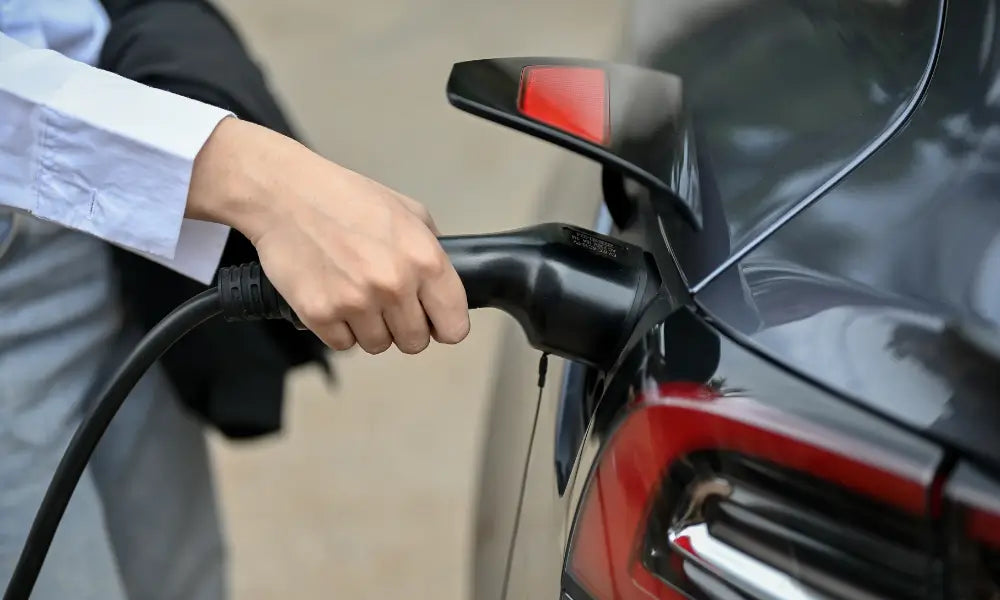
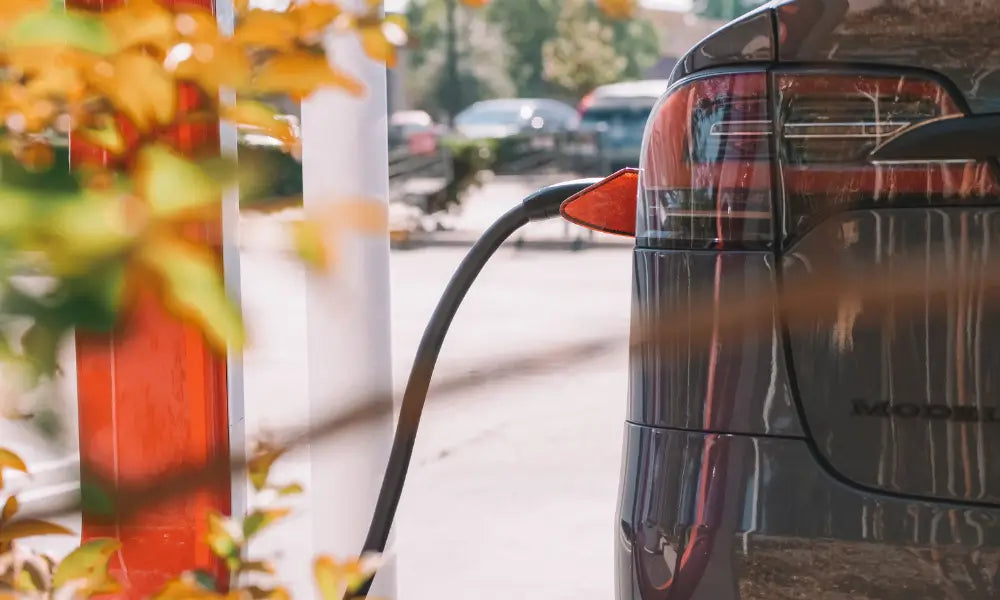
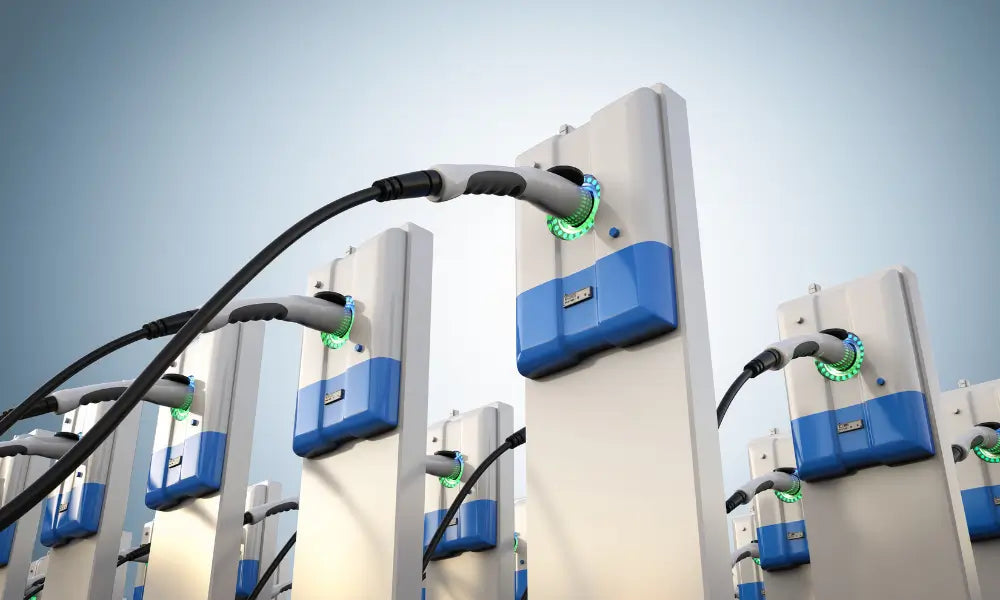
Laisser un commentaire
Tous les commentaires sont modérés avant d'être publiés.
Ce site est protégé par hCaptcha, et la Politique de confidentialité et les Conditions de service de hCaptcha s’appliquent.